For more than a thousand years, Kyoto served as the capital of imperial Japan. As a result, the city is full of features dating back from the Heian period of Japan’s history, lovingly preserved and offering glimpses of how life was once during that glorious time. Though Kyoto is a year-round destination, spring and autumn are the best times to visit and enjoy the well-preserved beauty of Kyoto.
Springtime is for cherry blossom viewing in Kyoto.
Kyoto is one of the best places to experience Japan’s famous cherry blossom season. From mid-March to mid-April, Kyoto’s cherry trees bloom, their boughs becoming laden with pale-pink sakura. Locals and foreigners alike spend time outdoors strolling or picnic underneath canopies of cherry blossoms.
However, most people flock to Maruyama-koen Park to view the blossoms, especially in the evenings. If you find the park too crowded, you can instead have your hanami (cherry blossom viewing) party at:
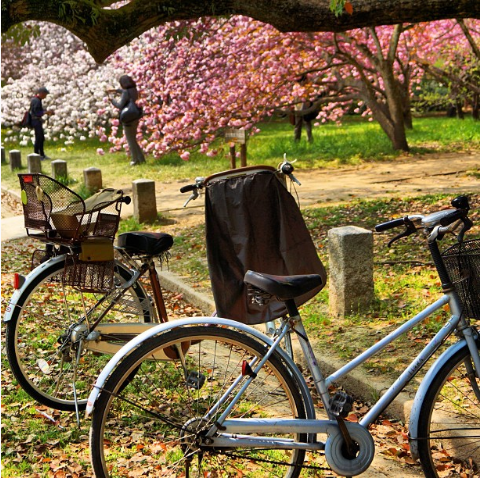
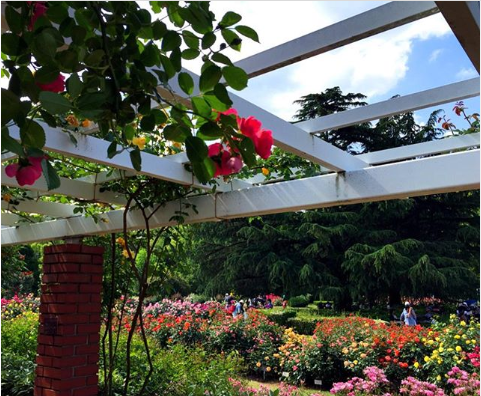
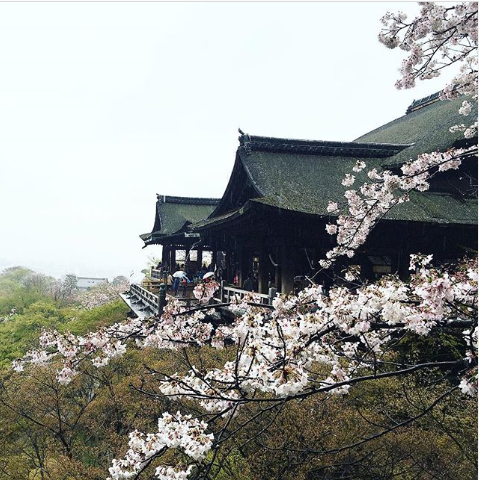
- The Imperial Palace Park. The north side of the park is famous for its weeping cherry trees, known locally as shidare-zakura.
- Kyoto Botanical Gardens. The cherry trees in these gardens bloom much later than others in the city. Thus you can still enjoy the blossoms even if you came late into the season.
- The Path of Philosophy. A leisurely stroll in the evenings underneath to illuminate canopies of cherry blossoms is quite romantic here.
- Kiyomizu-dera Temple. The temple’s cherry trees are well-lit at night, making the temple a fascinating hanami wonderland.
Even if you miss the cherry blossom season, springtime is still the best time to visit Kyoto. Plan your visit on May 15 so you can watch the Aoi Matsuri or Hollyhock Festival. In certain, it is one of the three most important festivals of Kyoto. During the Aoi Matsuri, the Imperial Messenger leads a procession of people. All dressed in elaborate Heian-period costumes from the Kyoto Imperial Palace to the Shimogamo Shrine, and then to the Kamigami Shrine.
At the Shimogamo Shrine, a sister or a daughter of the Emperor acts as the Saio-Dai and dedicates herself to the shrine. Importantly, the Aoi Matsuri was meant to honour Kyoto’s role in Japan’s imperial history. Above all, it is one of the country’s most colourful pageants.
Autumn makes Kyoto a glory of fall foliage.
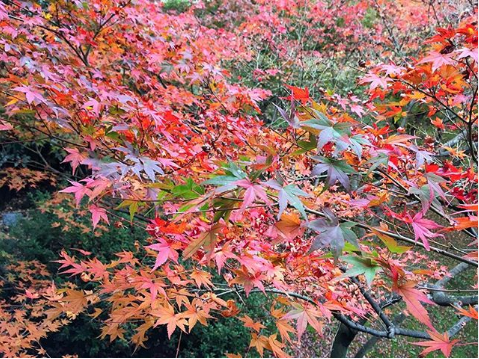
If you can’t make it to Kyoto in the spring, try autumn. In fact, many tourists prefer to travel to Kyoto in autumn. They prefer the subtle beauty of the city’s red-and-gold fall foliage to the showiness of spring cherry blossoms. Moreover, the weather is often cool and dry in Kyoto in autumn. It makes your day hikes and jaunts more pleasant. So, the fall season is indeed one of the best time to visit Kyoto!
The village of Takao and the gardens of Okochi-Sanso Villa is the best places to view Kyoto’s autumn foliage. Together with the temples of Tofuku-ji, Ginkaku-ji, Nanzen-ji and Honen-in. In case, you want to avoid the crowds, you can go to the Imperial Palace Park or travel to the Kurama-dera Temple. It is located in the mountains just outside Kyoto.
Another reason to visit Kyoto in the fall is the Jidan Matsuri. Jidan Matsuri is one of the three most important Kyoto festivals. Every 22 October, the Jidan Matsuri honours the emperors Kammu and Komei, as well as commemorates the transfer of the imperial capital from Kyoto to Tokyo. People pay their respects to mikoshi or portable shrines at the Kyoto Imperial Palace in the morning of the festival; in the afternoon, these mikoshis are taken in procession to the Heian Shrine. Highly detailed Heian-period clothes will be used by the participants.
You’re sure to come home with some glorious snapshots of Kyoto’s lovely landscapes, whether you visit Kyoto in springtime or in the fall. In addition, read more reasons why you should visit Kyoto here. Book your Kyoto holiday today, Mina-san!

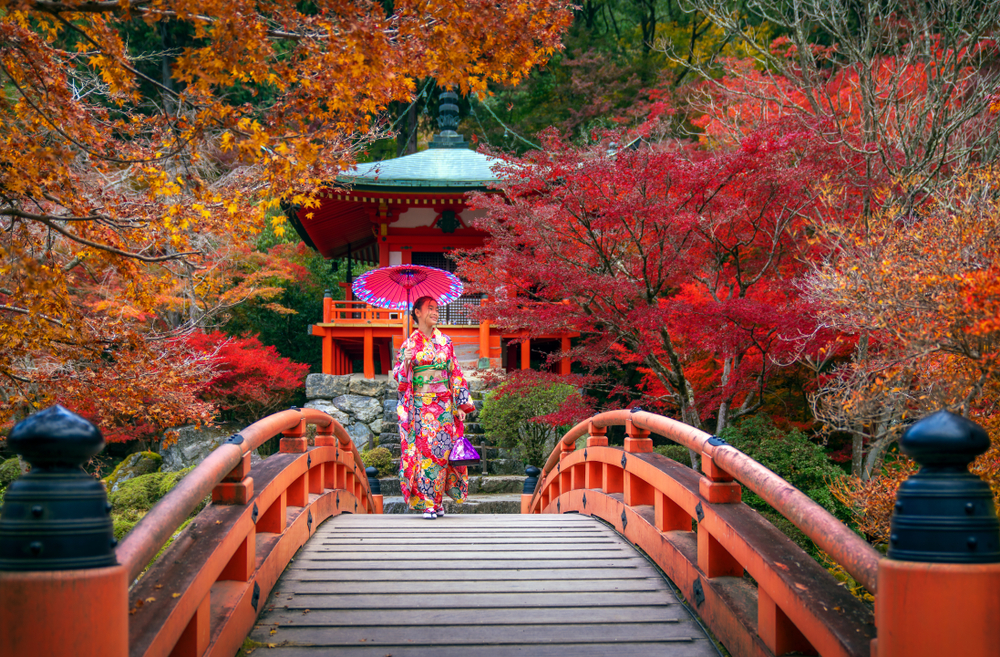
Leave a reply